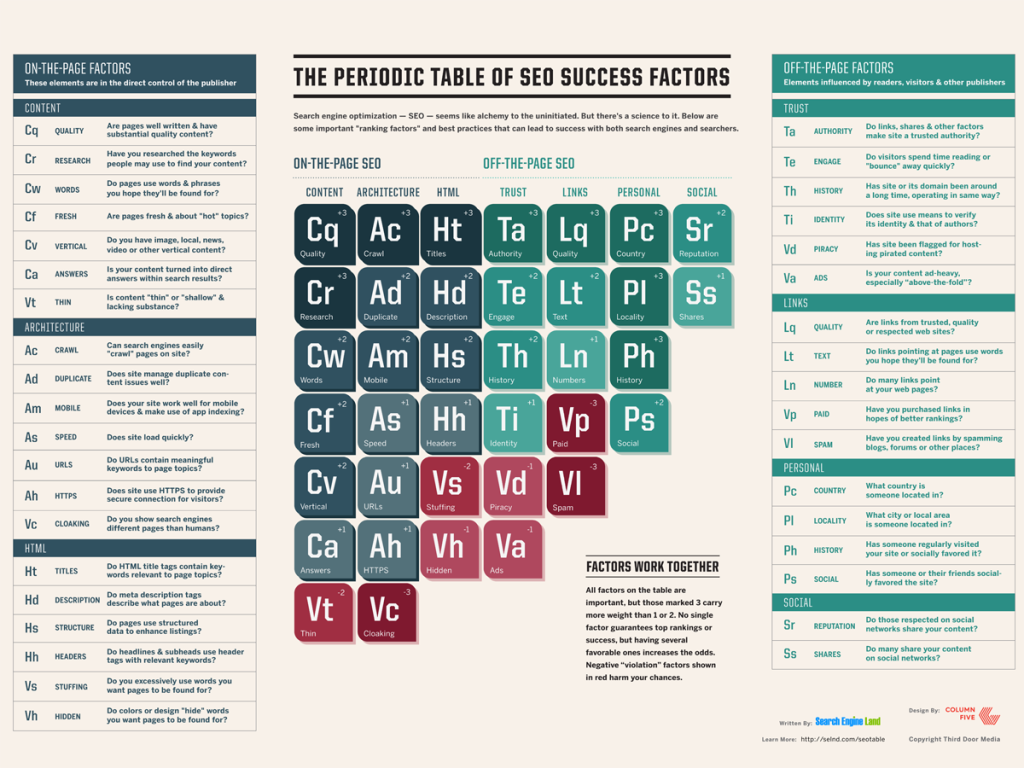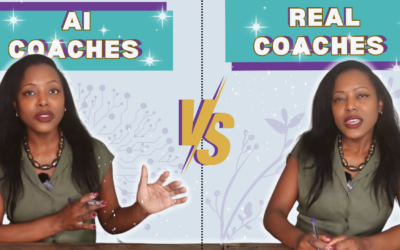So, you’ve just built a website or blog. Congratulations! You’ve achieved the first milestone … but where’s the traffic?? You’re not alone. This is a common scenario for bloggers and website masters far and near. It’s often believe that if you build it (your website not fields of dreams), traffic will come. Except, there’s a missing component. Site visitors will come only if your website is optimized for search engines AKA Search Engine Optimization (SEO).
What’s SEO?
Search Engine Optimization (SEO) is the process of getting your website or blog organic/free search results in search engines. In other words, when searching in search engines, e.g. Google or Bing, for topics or keywords related to your website, your website should naturally turn up in the search results. It is ideal for your website to turn up on the first page of the search engine’s results page, since this will ensure that people will find your website.
According to academic research, 91% of web searchers do not go past the first page of their search engine results, and more than 50% of web searchers do not go past the first three results displayed on the first page of their search engine results. (Van Deursen & Van Dijk, 2009). Given this information, it’s time to buckle up and join the ranking game. Here are 10 quick (and legal) tips for website SEO that can up the ante for your brand.
How Can You Optimize Your Website?
1. Sign-up for Google Webmaster’s Tools – Please note that Google isn’t the only search engine that’s out there. Hello Bing, Yahoo, Ask, and Dogpile (ah, used to be my favorite)! However, since Google is dominating this space with approximately 1,100,000,000 estimated unique monthly visitors, let’s use it for a frame of reference. You should signup for Google Webmaster Tools to analyze your website. Through this service, you will see a list of keywords that are generating traffic to your website, spotlighting the audience you are organically targeting. You may want to adjust your topics and keywords accordingly. More on keywords later. Google Webmaster Tools also highlights how search engines view your website. With this information, you can correct issues related to Google bots’ inabilities to crawl your site.
2. Optimize Your On-page SEO – The action taking place behind the scenes of your website is equally as important as its external environment. Your website or blog’s Content Management System (CMS) should permit you access to each page’s HTML. Once located, optimize the page’s Header Tag (H1), ALT tags or alternative text, meta keywords, and meta descriptions (with no more than 150 characters) to accurately reflect the topic of your blog posts or pages. Use keywords, preferably longtail keywords. More on this after the jump! 
3. Target Longtail Keywords – These keywords will help boost your search ranking and hone in on your target audience. Longtail keywords consist of a longer string of keywords. In other words, instead of using “cookbooks” as a keyword in your meta keywords, descriptions, or header, you should target longtail keywords such as “cookbooks for kids” or “cookbooks for college students.” Since these keywords are more specific, you will hone in on terms that have a higher traffic potential with lower competition. Of course the popularity of your longtail keyword and competition from other brands that are targeting your keywords will also shape your ranking for these terms.
News Flash: You cannot stuff keywords into your website! Those tricks of the past will now harm your search results. Instead, keep your keywords to two or three longtails keywords. Google Trends, Google AdWords, and Quora are helpful tools for identifying appropriate keywords.
4. Include Image/ALT Tags – These tags are essential alternative keywords that Google bots use to scan images on your website. This will enable your photos to turn up in Google image searches, thereby providing another source of traffic. They are particularly helpful for folks who use screen readers.
5. Use Pretty URLs – Create neat, simple URLs with keywords that relate to your webpage/post.
For example, replace www.yourwebsite.com/123I’mcomplicated_difficulty10 with www.youwebsite.com/easyURL.
6. Establish Inbound Links – Google Webmaster Tools provides a list of websites that are linking to you. The more link juice you have, particularly from influential websites such as CNN, the better your search rankings. Once upon a time, in the land of “black hat” web tactics, website owners would use sneaky tricks to drive multiple, invalid links to their website. While having external links to your website still matters for SEO, it’s no longer the end-all and be-all to the equation.
7. Go Mobile – In April 2015, Google unleashed “Mobilegeddon” AKA “mobilepocalyse,” thereby boosting mobile-friendly websites’ rankings in search results. Google states, “As more people use mobile devices to access the internet, our algorithms have to adapt to these usage patterns.” If you haven’t already done so, it’s time to mobilize!
8. Create Key Content – While content is king on the web, your content must have value for readers. You will build an audience once you showcase your expertise. Once people are able to find you, make sure that they are willing to return to your website. Site stickiness is essential!
9. Dominate With Domain Presence – Time is truly a virtue. The older the age of your website or blog, the stronger it’s domain authority. Like a fine, aged wine, your website will eventually gain a firmer web presence over time. However, this is just one factor. An older website with outdated and irrelevant content will fall short in the rankings. See item #8!
10. Support With Strong Social Media – Your social media platforms and followers should link to your website. You’ll not only gain link juice from your social media followers, but you will also expand your brand’s reach. Time to mingle.
Where Should You Begin?
A few years ago, a website simply needed to have multiple inbound links and/or keywords. Today, a myriad of tactics must be implemented in order to frame your website. It may be a lot to juggle, but you can still make a big impact by implementing a few of these tips. Begin by creating content that resonates with your audience, connect with an audience and influencers in your arena on social media, and build relationships in order to establish loyalty.
Relax, relate, and breathe! Take these tips for website SEO one step at a time, and you will eventually #BeTheBestBrand.
Got another tip? Chime in below.
References
Van Deursen, A.J.A.M. & Van Dijk, J.A.G.M. (2009). Using the Internet: Skill Related Problems in Users’ Online Behavior. Interacting with Computers, 21, 393-402.





Start Playing BIG & Standing Out!
Get the 7 Steps to Attract Raving Fans To Your Brand.
Success! Check Your Email For Your Free Gift.
Privacy Policy: We hate SPAM and promise to keep your email address safe.